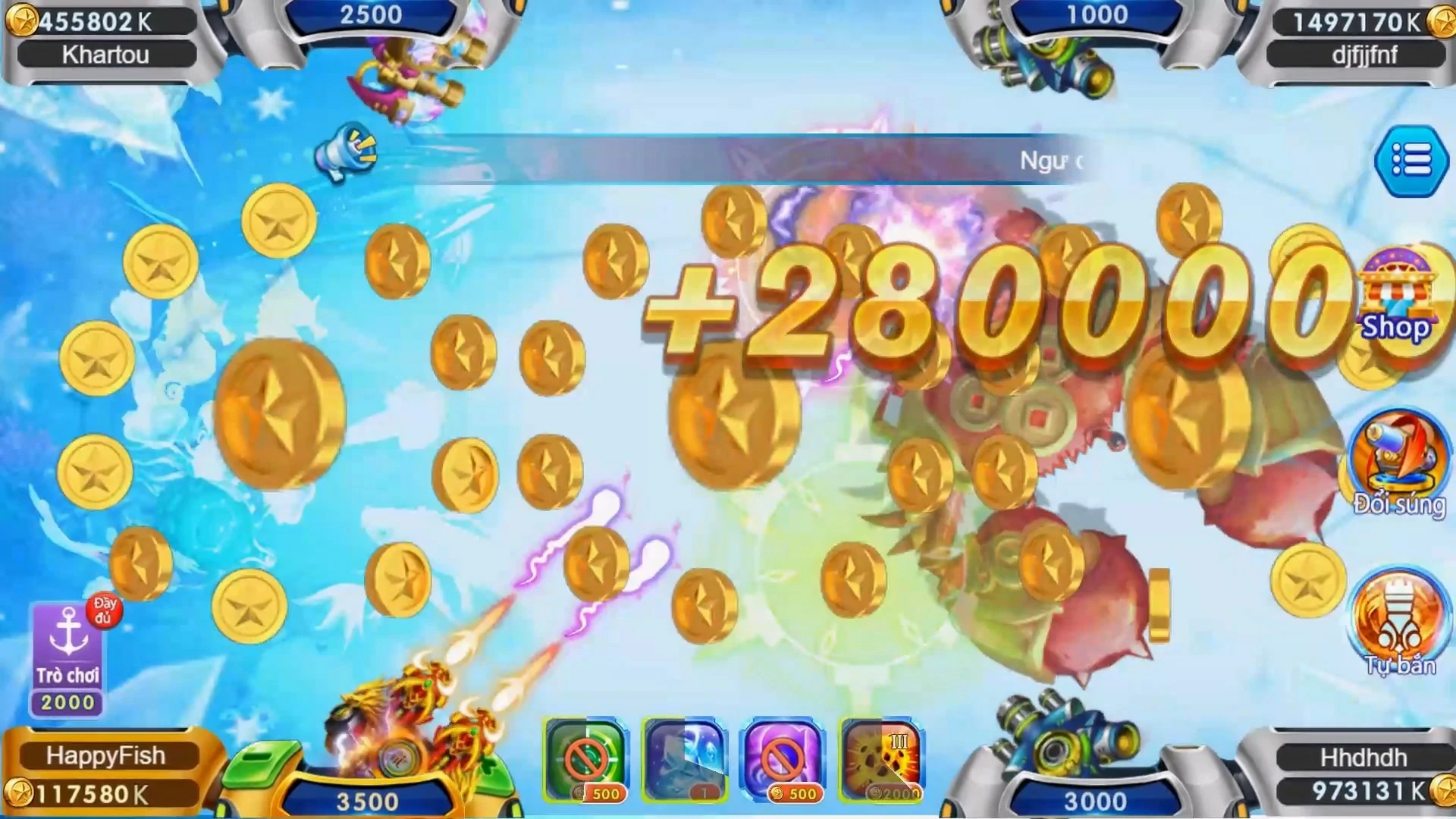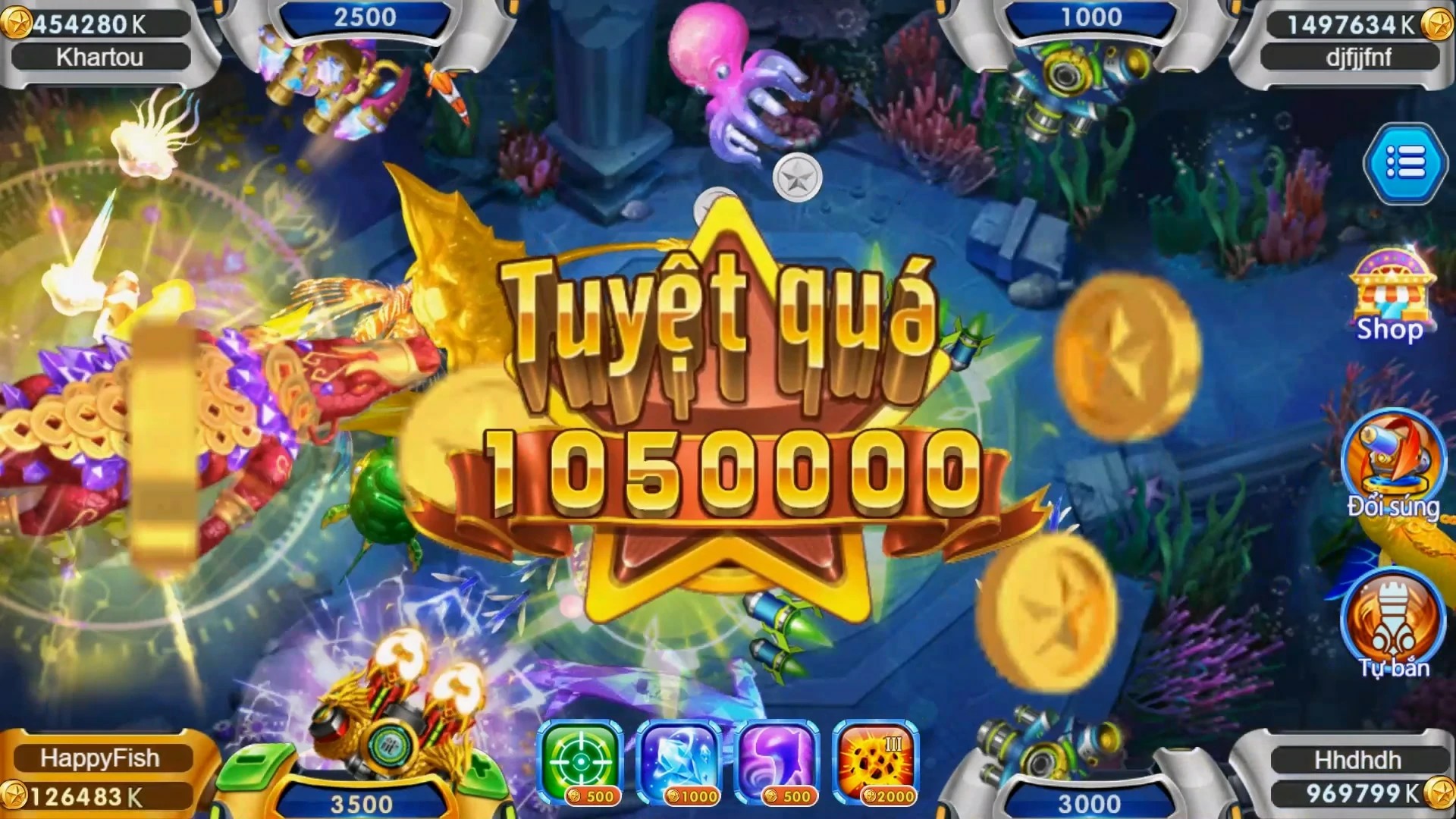Unlocking Creativity: How Building Games Foster Learning in Educational Settings
In the world of education, where traditional methods often seem stiff and monotonous, there’s something refreshing about the integration of building games. These games aren't just for entertainment; they play a crucial role in enhancing creativity and learning among students. In this article, we’ll dig into how educational games, particularly those inspired by popular titles like Clash of Clans, are reshaping the educational landscape.
The Rise of Building Games in Education
Building games have surged in popularity over the last decade. They invite players to construct their structures, strategize their plans, and engage in team play—traits that are valuable in any learning environment. What’s interesting is how educators are starting to notice this trend. But how exactly does a game designed for fun translate into an educational tool?
Why Games Matter in Learning Environments
- Engagement: Games naturally encourage participation and motivation.
- Creativity: They provide a sandbox environment where students can express their creativity.
- Collaboration: Many games require teamwork, teaching students to work together.
Learning Through Building: The Mechanics of Educational Games
At their core, educational games like those inspired by Clash of Clans use mechanics that can help students understand complex subjects. Imagine a class where building a virtual empire teaches students about geography, history, or even economics. Here’s how:
| Game Feature | Educational Benefit |
|---|---|
| Resource Management | Understanding scarcity and allocation of resources. |
| Strategic Planning | Critical thinking and problem-solving skills. |
| Community Building | Encouraging social interactions and community engagement. |
Case Study: Clash of Clans as a Learning Tool
Let’s take a closer look at Clash of Clans. This game, while just a fun pastime for many, has core elements that can translate perfectly into classroom activities:
- Building Towns: Students can learn about urban planning and the challenges of city management.
- Team Battles: It fosters teamwork, where players need to plan and execute strategies together.
- Resource Allocation: Players must prioritize which resources to gather, teaching the importance of decision-making.
The Benefits of Incorporating RPG Elements
RPGs (Role Playing Games) add another layer of creativity. When used in educational settings, upcoming RPG games for Switch, for example, can help students immerse themselves in narrative and character development. Here’s how they help:
- Character Development: Students learn to empathize and understand different perspectives.
- Storytelling: Encourages creativity as students develop plots and scripts.
- Problem Solving: RPG elements often present challenges that require innovative solutions.
How Building Games Foster Soft Skills
While academic skills are essential, soft skills are just as vital in the workforce. Building games can help develop these skills in various ways:
- Communication: Players must articulate their ideas effectively.
- Adaptability: Strategies need to change based on opponents' moves.
- Leadership: Taking charge in group projects can replicate leadership roles in games.
Implementing Building Games in Classroom Settings
Integrating building games into learning doesn't have to be complicated. Teachers can start with the following strategies:
- Game-Based Projects: Assign students to create structures or narratives as group projects.
- Competitions: Organize class competitions based on in-game achievements.
- Reflection Sessions: Allow students to share their learning experiences gained from gameplay.
Challenges and Considerations
Despite the many advantages, there are challenges that educators must consider:
- Screen Time: Balancing game time with traditional learning is crucial.
- Accessibility: Ensuring all students have equal access to technology is vital.
- Curriculum Integration: Finding the right fit between games and curriculum subjects can be tricky.
Measuring Success: How to Assess Learning Outcomes
It’s not enough to just play games; educators need methods to assess their effectiveness:
- Feedback Surveys: Gather student opinions on their learning experiences.
- Grades and Performance: Monitor academic performance in subjects tied to game mechanics.
- Participation Rates: Increase in engagement can be a direct indicator of success.
Real-World Applications: Examples of Success
Many educational institutions have started adopting these games, and the results can be illuminating. Here are a few examples:
- School A: Used building games to teach history, leading to a 30% increase in knowledge retention.
- School B: Implemented teamwork-focused projects, resulting in improved social skills among students.
- School C: Organized competitions, which boosted overall class participation.
Conclusion
The integration of building games and educational games into learning environments isn’t just a trend; it represents a paradigm shift in how we approach education. By embracing these tools, teachers can unlock creativity, enhance learning experiences, and provide students with invaluable skills for their future.
Whether it’s through a quick session of Clash of Clans or exploring upcoming RPG games for Switch, the possibilities for engaging learning are endless. So why not build a brighter, more innovative classroom together?



